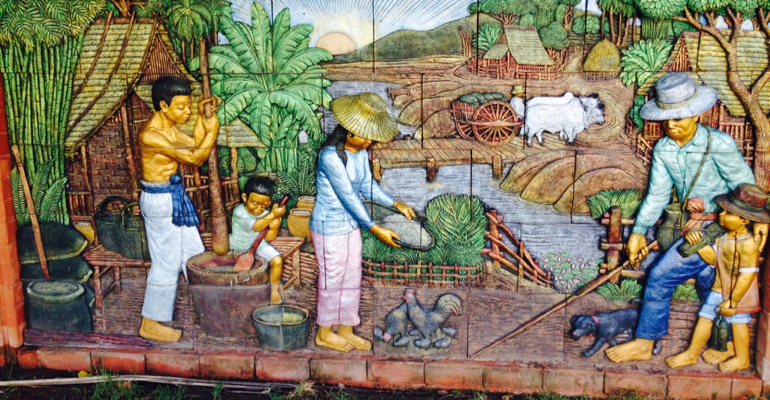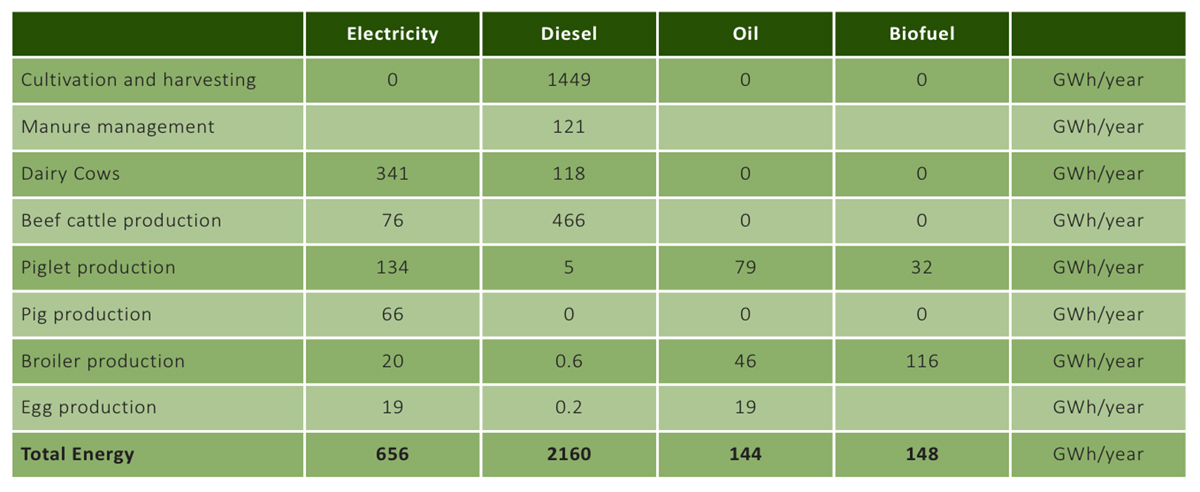
Swedish Surplus Energy Collaboration explain the reasons as to why sustainable energy worldwide is a requirement if we are to continue producing food in the future for an ever-growing population
To produce food in the future, we must use large quantities of energy, also at an ever-increasing scale. The three main reasons for this are:
1. The world population is set to increase to 9.8 billion people by 2050
The world’s population will increase from today’s 7.6 billion to 9.8 billion by 2050, according to a UN report. In just seven years, India will have passed China as the world’s most populated country, the UN predicts. And by 2050, Nigeria will have taken over third place from the United States. With around 83 million people being added to the world’s population each year, the upward trend in population size is expected to continue.

2. An increasing number of people are moving to our cities
Today, more than 50% of the world’s population lives in cities. The world’s production systems for food is changing at a furious pace and more and more energy-consuming means of production, such as fertilisers and pesticides are used. And because we still use the same agricultural land resources to produce our food, as we have for hundreds of years, it now requires many and costly methods to transport to the city, and all over the world.
3. The food needs more transports
The world is flooded with food. The variation of food available to the consumer has dramatically increased. Food of all kinds, from every corner of the world, is nowadays available in almost every shop. Our consumption patterns are also changing. In the urbanised world we prefer to buy our food in food bags distributed to our homes, resulting in a dramatic increase in transport in and around our cities. We also consume more processed and packed food and at the same time, we also eat out at restaurants more than ever before.
Can we save energy when producing food?
The answer is as simple as it is obvious. We must always be frugal with the world’s resources and we must lose our dependance on fossil fuels, especially in transport.
However, we must continue to support the growing population of the world with food, so therefore we must also increase our use of energy.
The latest reports from the UN Climate Panel PPCC, which was held in May this year show that we can supply the world with renewable energy, with a good margin. “The technological potential of renewable energy exceeds the world’s energy needs during this century, notes the UN Climate Panel”.

The following statements can not reasonably be denied.
- We have built our modern societies with the help of large amounts of energy.
- We will continue to need much more energy.
- We can reduce the energy needed per unit, when producing our food, being more effective.
- We need to use renewable sources of energy to save our environment.
- There is no shortage of renewable energy in the world.
Swedish agriculture uses around 10 TWh of energy, of which 3.11 TWh in the form of diesel, electricity and biofuels, as displayed in the table above. This direct energy use will generate approximately 3.64 TWh of indirect energy needed to produce fertilizer and other means of production, of which fertilizer use is about 2.31 TWh. Production in greenhouses and drying costs for cereals consume somewhere between 3-4 TWh, altogether a grand total of about 10 TWh/year.
We are now working to increase the production of fish and vegetables in Sweden, with the aim of making use of surplus energy that would otherwise be wasted. Doing so we will need to increase our demand of electricity and heat with approximately one hundred percent in the short term.
Food production in-house where people live
Producing our food in-house, where people live, is undoubtedly part of our effort to save energy. Simply because it is so efficient when calculated per produced kg of fish and vegetables.
- Prioritizing the production of fish and vegetables in-house is undoubtedly one of the most effective ways to increase food production in the world. By definition, it is an exponential innovation, that has the potential to quickly reach one billion people in a person’s lifetime.
- By producing food in-house, we can place it exactly where we wish and where we have full control over all flows, giving us possibilities to develop circular and mutualistic production systems.
- By placing them in urban areas where people live, we reduce the need for transportation and can also benefit from surplus heat, electricity, organic materials and other unused resources created in the city.
- Then we can also more easily employ people who have no work.
By producing in-house, we are open to endless innovation possibilities by using high technology and ingenious solutions that the world has not yet seen.
Please note: this is a commercial profile
Håkan Sandin
Hortoculturist
Msc in Horticulture at the Swedish University of Agriculture
Program Leader
SSEC, Swedish Surplus Energy Collaboration
VD/CEO
NAHC, Nature Assisted Health Care Holding Ltd










